Meet Jimmycarter Polimati, a passionate birder from a small village in Andhra Pradesh’s East Godavari district. Nestled just an hour’s drive away from the captivating coast and the enchanting mangroves of Coringa Wildlife Sanctuary, he finds himself in a naturalist’s paradise. However, it is the pristine forests of the Eastern Ghats, with their abundant biodiversity, that truly ignite his excitement. Read on to learn more about him.
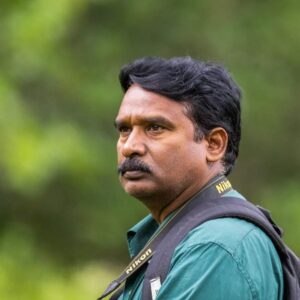
1. Please tell us a bit about yourself. What do you do and where do you live?
I am from a small village in the East Godavari district of Andhra Pradesh. My home is an hour’s drive from the coast and the beautiful mangroves of Coringa Wildlife Sanctuary. But what excites me more is the proximity to the pristine forests of the Eastern Ghats and its rich biodiversity. My passion for experiencing and exploring the forests of the Eastern Ghats in northern Andhra Pradesh dates back to 1998. As a lecturer in botany, I selectively chose to teach in colleges in the tribal regions. For nineteen years, I have travelled to many rural and tribal areas, actively engaging students in exploring the flora of the local forests, and many of my students are from local tribal groups. All my students and contacts in the region are now supporting and helping me explore the biodiversity, especially the birdlife, of these forests, a serious hobby I have been pursuing since my retirement.
2. When and how did you get interested in birding?
I was introduced to birds by the birdwatching community in Andhra Pradesh. Until 2015–16, the birdlife beyond Papikonda National Park and Alluri Sitarama Raju Forest in the region was less explored. In their efforts to extensively explore these regions, I was contacted by some of the birdwatchers. I helped them with my knowledge of the local forests and contacts. When accompanying these birders, I got introduced to the beautiful world of birds and the importance of citizen science in sensitising people and conserving species. I then slowly started birding on my own in the nearest habitats and joined groups of birders visiting the forests many times.
3. Do you have a favorite bird or birds? Why is it/are they favorite?
In my early days of birding, watching colourful species like Malabar Trogon was very exciting, but now I enjoy “observing” all and any species in their habitats.
4. Do you have a birding partner or a group you enjoy birding with? How is birding alone different from birding with others?
Birding alone and birding with others both have their own merits and demerits. We can learn and share by birding with others with different experiences and knowledge levels. When birding alone, I have more time to observe details.
5. What is your most memorable birding experience?
I have explored many birding trails in my village, and in April 2021, on one of these trails that runs parallel to an irrigation channel of a paddy field, I had a memorable experience. Very late in the evening, it was almost dark when I observed skulking movement, almost snake-like slithering, at the bottom of tall reeds. With some effort, I took photographs in the poor light conditions to confirm that it was a bird. Later, when some experts positively identified it as Pallas’s Grasshopper Warbler, I was surprised to find this rarity in my backyard. After that, I started exploring more and recorded more individuals in eight nearby locations. I have been documenting the species in the region for the past two years to understand them better.
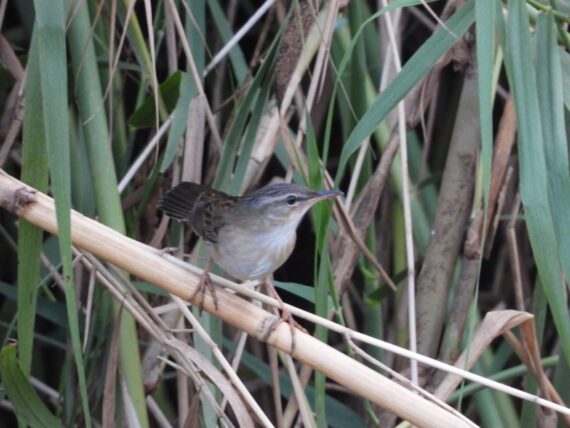
Pallas’s Grasshopper Warbler. Photo by Jimmycarter Polimati
6. Anything on the birding bucket list?
The shola-like hilltop habitats in the Northern Eastern Ghats of Andhra Pradesh are unknown to many explorers. The birdlife of these habitats is never explored, especially the Dummakonda Peak, known for its diverse flora and fauna. I ascended this hill twice in 1998–99 for flora-related research but was not into birding then. Exploring the birdlife and biodiversity of this hill and its ecosystem is on my priority list now.
7. Which of the two do you enjoy more and why: a) regular birding around your house/local patch/district or b) widespread birding in different landscapes across different districts and states?
I equally enjoy both. The local habitats around my village always surprise me with incredible sightings and behavioural observations of birds and mammals. I also scout around regularly, discouraging people from engaging in bird poaching practices in fields and aqua ponds. On the other hand, the forests of this district never disappoint; the latest surprise was the Green Avadavat. Before thinking beyond, there is much to explore here in the East Godavari district.
8. How was your approach to birding changed over the years?
I started with taking bird photographs and reviewing them at home for identification. Then I continued with targeted (species and eBird gaps) exploration, primarily concentrating on the species that are rarely recorded or have not been recorded for a long time. Now, I enjoy observing the species’ behaviour more while contributing data to eBird, iNaturalist, and other citizen science portals.
Exploring nature while birding also enhanced my knowledge of other species, like butterflies and dragonflies. Inspired by GBBC and CBC, I contributed to global citizen science events like Big Butterfly Month and National Moth Week. During Big Butterfly Month 2021 and 2022, I contributed the most number of butterfly species to the iNaturalist portal from the country.
9. Have you set any birding goals for the coming months?
I plan to do regular birding explorations of the region’s hill-top (shola-like) habitats.
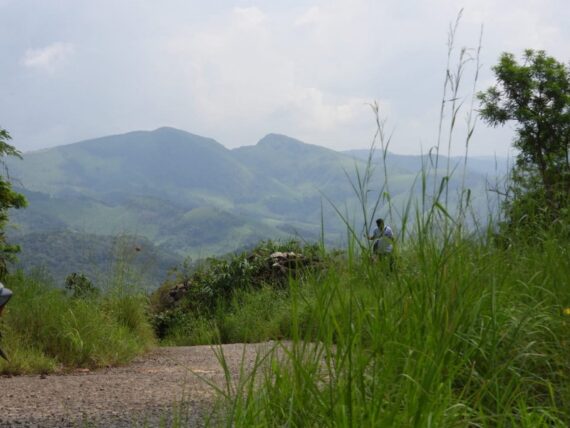
Shola Forest Habitat. Photo by Photo by Jimmycarter Polimati
Header Image: Green Avadavat Amandava formosa by Esha Munshi/ Macaulay Library

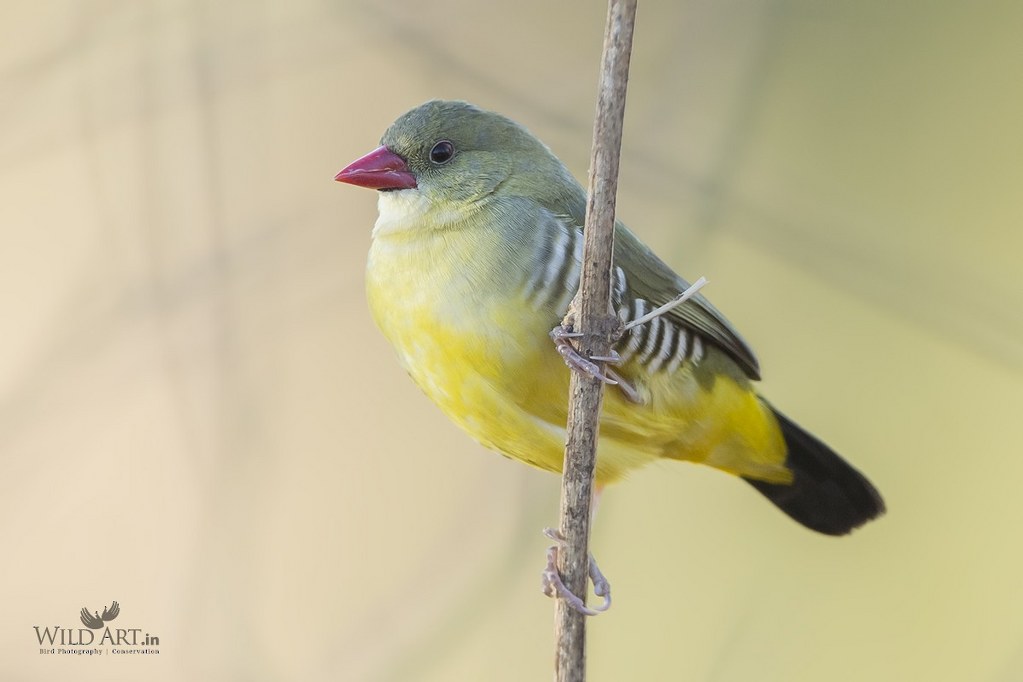
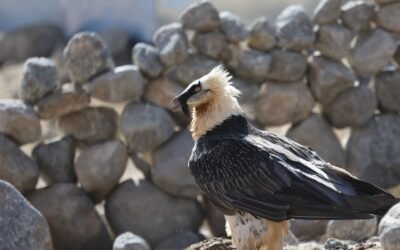
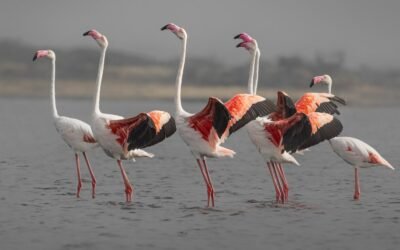
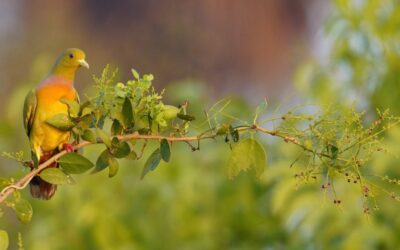
Thanks for the detailed interview.